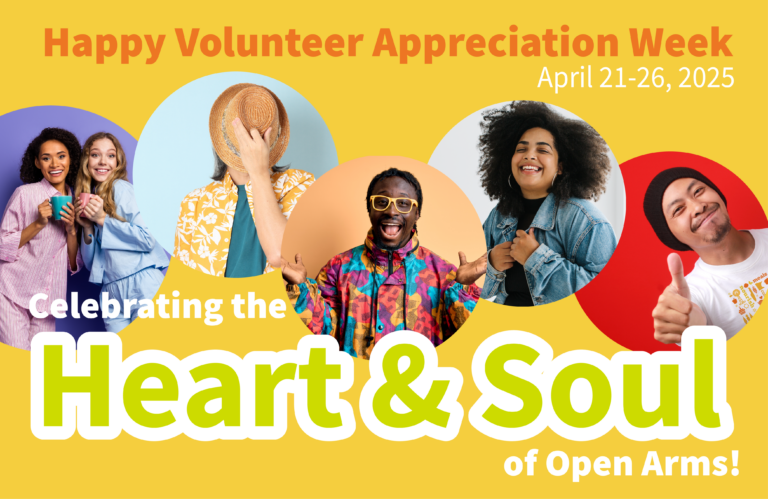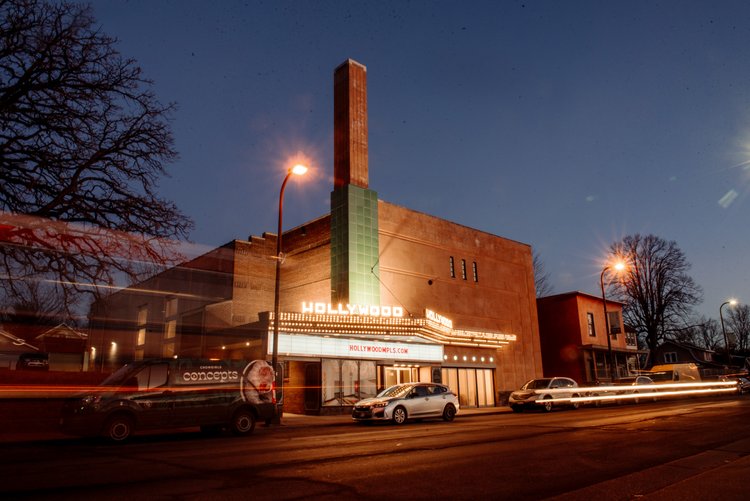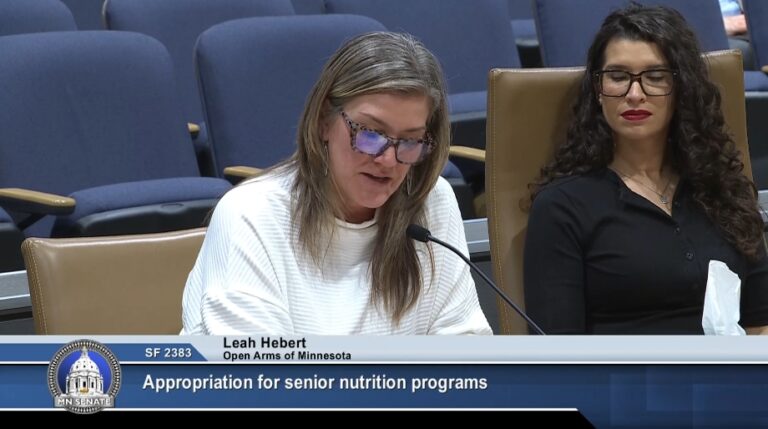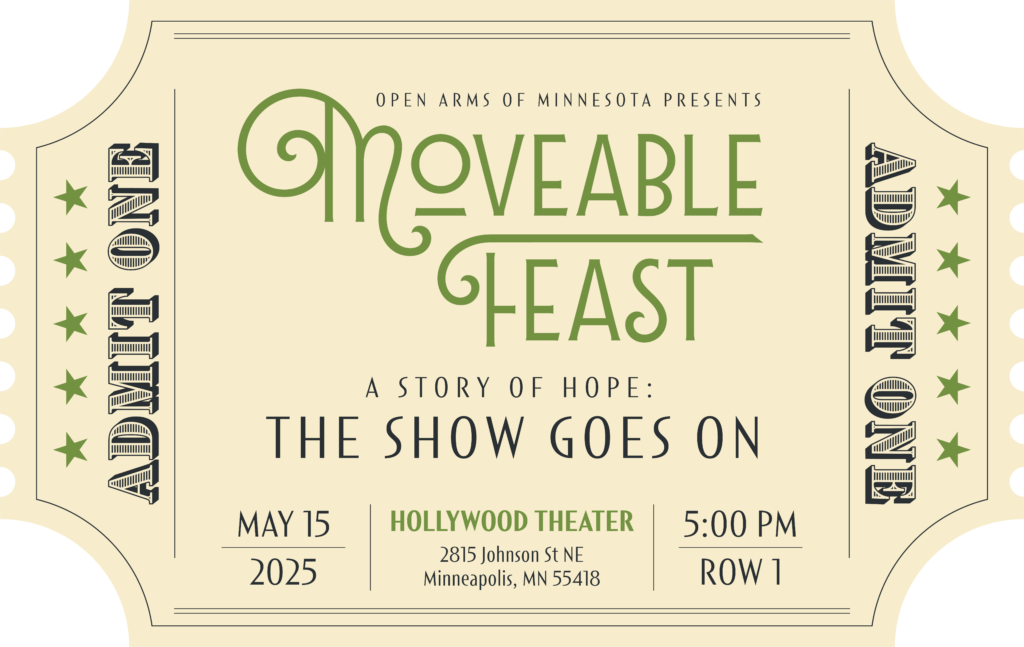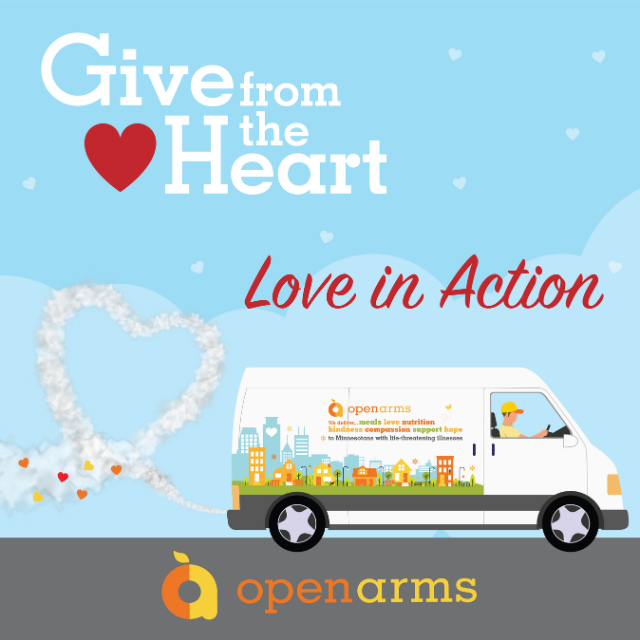Remember, you are at the Cape of Storms. Being in Cape Town when a south-easter blows in can result in much more than your hair being mussed. It can impact your itinerary while in Cape Town.
At the top of any list of tourist activities in Cape Town – including mine – would be a trip up TableMountain via the aerial cableway, and a visit to RobbenIsland, a 30-minute ferry ride from the Waterfront. And, here is what many travel guides don’t tell you: bad weather could prevent you from seeing two of Cape Town’s most popular destinations.
When the winds are strong and the waves high, boat traffic to RobbenIsland is suspended. It could be stopped for an hour or it could be halted for days. When the weather calms and the ferries resume, there is a backload of ticket holders eager to make the pilgrimage. Similarly, when the winds are bad on TableMountain, or the clouds come in (known locally as the table cloth being on the Mountain) the cableway will be closed. Don’t assume that the weather necessarily affects both attractions at the same time. TableMountain may be open and RobbenIsland closed or vice versa.
I always encourage visitors to do TableMountain on their very fist day in the MotherCity. If the weather cooperates and the mountain is open, it is a relaxing outdoor activity that doesn’t tax the brain, but rather provides fresh air and exercise after some very long flights.
A tour of RobbenIsland, home to the prison where Nelson Mandela was held for 18 years, is critical to forming the most basic understanding of apartheid and recent South African history. The 3-1/2 hour trip allows for one hour of travel to and from the island, and a 2-1/2 hour tour of the island itself and the prison where Mandela was incarcerated. It’s likely that your guide may have been a political prisoner on RobbenIsland. If so, you will have especially poignant insights into the prison. If you suffer from jetlag, I would not recommend that you do RobbenIsland on your first day in Cape Town. There is a tremendous amount of information you will want to retain so you don’t want to be nodding off on the bus tour of the island. Plan this trip for day two or three on your itinerary. That way, should inclimate weather prevent you from getting there on your first try, you will still have other opportunities during your stay.
On a par with RobbenIsland, in terms of understanding apartheid and putting South Africa’s politics into some kind of broader context, is a visit to the DistrictSixMuseum. District Six was a diverse neighborhood where blacks, coloureds, whites, Muslims, Christians, and Jews all lived in harmony with one another. The passage of legislation, like the Group Areas Act in the 1950s, allowed the white minority government to claim the property in District Six and forcibly remove residents to townships segregated by skin colors. Approximately 60,000 people were relocated and their houses and businesses razed. More than four decades later, the land has not been redeveloped.
Today, the DistrictSixMuseum is housed in a former church in the neighborhood. Much like RobbenIsland where a former prisoner serves as your guide, a former resident of District Six will greet you at the museum and will talk about their life in the community before they were removed. All the guides have compelling stories. Noor Ebrahim is the guide I have had on most visits to the museum. He is always willing to sign a copy of his book, Noor’s Story: My Life in District Six, which is available at the museum gift shop. The DistrictSixMuseum is small so even if you have only one hour, don’t miss this.
One final note on museums: most visitors to Cape Town don’t take time to see the Cape Town Holocaust Centre – the only center of its kind on the African continent. Ninety minutes will give you time to walk through the exhibit. You will leave, not only with a greater understanding of the Holocaust, but with additional insights into racism and anti-Semitism in South Africa.
For shopping tips…check out Part 3 of Cape Town Travelogue.

